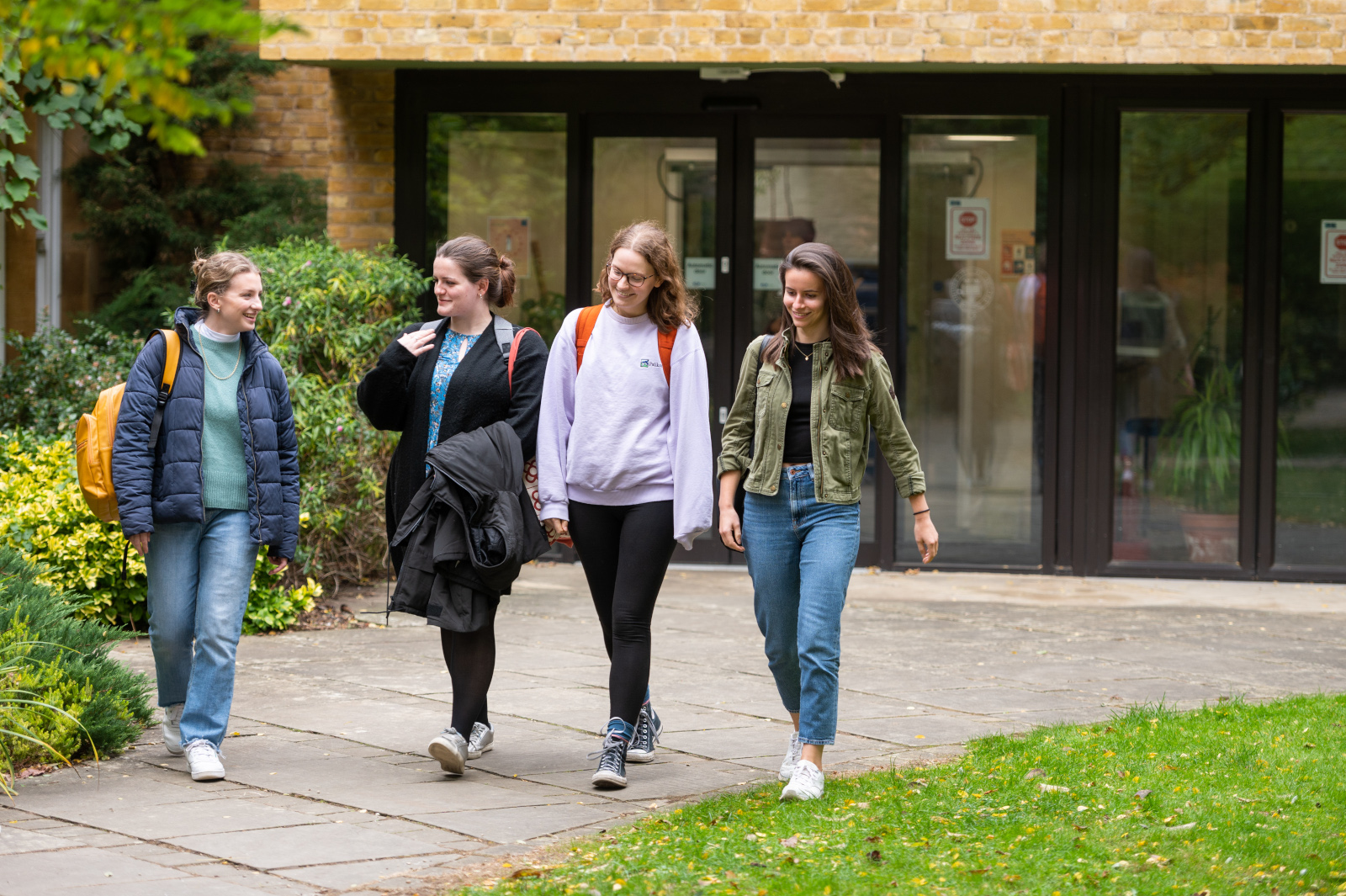Judith Hillier has been at the University of Oxford Department of Education since 2007, where she leads the science PGCE programme, teaches on the Masters in Learning and Teaching and the Masters in Teacher Education, and also runs the Teaching Physics in Schools option for 2nd year physics undergraduates.
She is Fellow and Vice-President of Kellogg College, Oxford. Prior to that, after completing a degree in Physics at the University of St Andrews and her PhD in condensed matter physics from the University of Leeds and the Institut Laue Langevin, Grenoble, Judith studied on the Oxford PGCE programme and taught for several years in an Oxfordshire comprehensive school, becoming Key Stage 3 Co-ordinator. Judith’s research interests lie in the education of science teachers, the recruitment and retention of physics teachers, the role of language in the development of scientific explanations in the classroom, and gender and diversity in STEM education. She is on the Editorial Boards for Research in Science and Technological Education and for Physics Education, and has conducted the evaluations for the Conference for Undergraduate Women in Physics for the Institute of Physics for the last 7 years. She has mentored at the 2020 and 2021 European Science Education Research Association Doctoral Summer Schools, and was part of the local organising committee in 2020.









